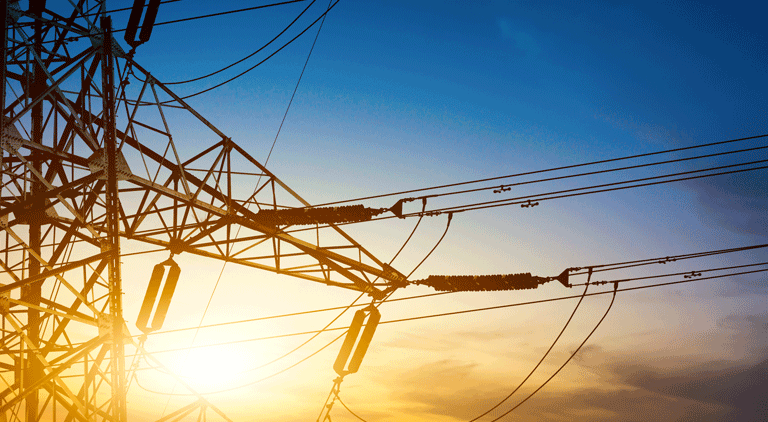Balancing power generation and supply with high-voltage switchgears
By EPR Magazine Editorial December 12, 2019 2:55 pm IST
By EPR Magazine Editorial December 12, 2019 2:55 pm IST

The high-voltage substations as the node points of today’s complex power transmission infrastructure.
High Voltage substations serve as arterial nodes from where Electricity is distributed for proper usage of the same. In today’s environment they are well equipped with latest computer programmable switching and protective devices to see to it that proper coordination takes place between the generation and actual requirement which will vary according to the time of the day as well as where ultimately electric power is consumed.
Distribution of power with High Voltage substations
To deliver uninterrupted power supply in an efficient manner engineers are continuously working with the power companies, around the clock. All the electric parameters of the above nodes at centrally located unit called Load Centres.
Dushyant Dave, Director, Dave Shah Co. (Switchgear) Pvt. Ltd. states, “Nowadays power companies have also bifurcated themselves into two units, one i.e. generation and second distribution. This is to streamline the energy saving feature and to avoid transmission and other losses. Also to detect the Power theft which was quite prevalent in India a few years back. Today Solar energy is playing a major role in energy needs and to properly determine the supply form these units in to the current grid also calls for high levels of accuracy whereby to determine the flow of power from solar to ac grid.”
Types of high-voltage substations
High Voltage Substation is a configuration of transformers, switching and protective equipment (e.g. lightning arrestors) for Transformers and HT Transmission Lines involved. It also has communication equipment to communicate with the electrical load centres of the power generating companies.
The different types of substations mainly include Step-up Type Substation, Step-down Transformer, Distribution, Underground Distribution, Switchyard, and Customer Substation.
Step-up type substation
Step-up Type Substation is to be found near a generating station and it has large energy value transformers from which electricity is supplied over High voltage (Stepped up Voltages) Transmission lines in various directions to cater to the electricity needs of the human population at large and various industries.
Step-down type substation
This substation will lower the voltages from high transmission voltage to lower high voltages, e.g. from 220 KV to 66/11 KV. Normally this substation will change the transmission voltage to a sub-transmission voltage of next lower voltages as sited in the example. The converted voltage lines can provide a source for distribution substations. Sometimes a taper off line may be taken from here to take care of industrial zones.
Underground substations are utilised in urban areas where space restrictions exist above the ground due to construction of malls, office and such allied buildings. Mostly ring main unit type distributions are used here.
Customised Substation exists for a specific large scale electricity user industry, e.g. large still mills, metal ore (e.g. Aluminium ore) conversion to basic metal industry.
Switchyard is a substation without transformers that operates only at a single voltage level. Switchyards are used mainly for connections and interconnections, which are essential for transmission, distribution, collection, and controlling the flow of electricity.
Dave makes note of “some important pointers for substations that may be classified based on the nature of duties, services rendered, operating voltage, by importance and design.
We use cookies to personalize your experience. By continuing to visit this website you agree to our Terms & Conditions, Privacy Policy and Cookie Policy.